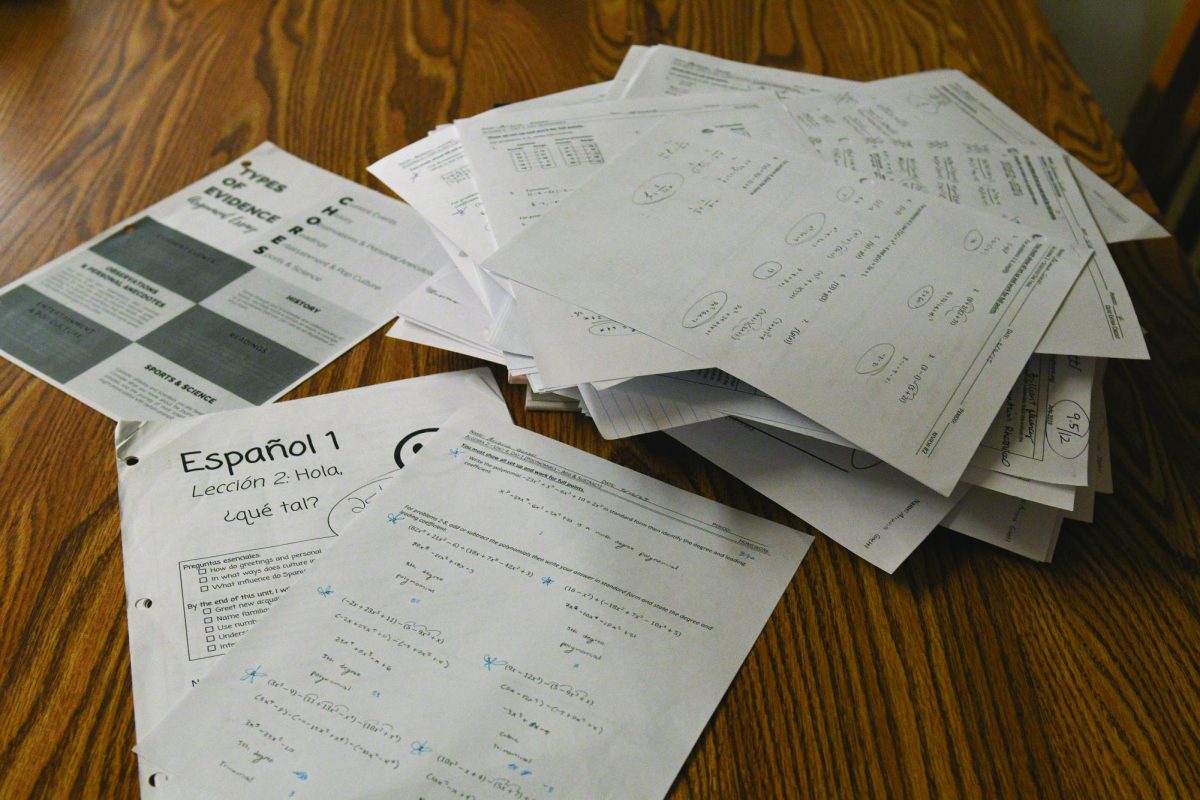Oregon and other nations get this report card called the “At-A-Glance”. The profile is shown on Oregon’s website and the profile lets teachers know what they can do to improve on their teaching. This year’s profile for GAPS shows information about how the district did in different classes and tells how different demographics, like race and students’ living situations, are affecting how they are performing in the district. This year the GAPS district didn’t do very well. GAPS has a 25% in Mathematics, which is lower than the state average, and a 42% in English, which is higher than the state average. Assistant principal, Seabn Saxton, and Math teacher, Bruce Johnson were asked some questions regarding the “At-A-Glance” profile for GAPS.
Based on the most recent school profile, in the 2023-2024 school season, 67% of students attend school regularly, but 82% of students graduate on time. According to Saxton, the reason for the discrepancy is because some students manage to pass their required classes despite having less than perfect attendance.
“Students don’t need to get straight A’s to graduate on time,” Saxton said. So students can miss quite a bit of school and still have the ability to graduate on time, these stats are the reason why there are more than half students going to school and then over 80% of students graduating on time.
Yet, Johnson also states “being absent, or absenteeism is one the biggest factors that leads to kids failing classes or not graduating eventually.”

According to the GAPS’ “At-A-Glance” profile, students are doing significantly worse in mathematics than other classes the district offers.
“The COVID years had a big effect,” Johnson said. ”I think we are still seeing the effects of that.” Johnson thinks that the years affected by COVID had a significant impact on student work ethic due to passing classes with minimal effort. Along with the mathematics scores going down, Saxton was asked if there is a way to fix it.
“Teachers at West should prioritize math instruction, and have some sort of incentives for kids who do pass the tests.” Saxton mentions. With fixing attendance and prioritizing math instructions, there’s a chance that GAPS “At-A-Glance stats can be higher by the 2025-2026 years. Something that could help the stats of GAPS go up are the SBAC tests.
The SBAC tests are coming up in April and May of 2025. These tests will play a part in next year’s Oregon report card in seeing how the district is doing in different subjects like Math and English.






